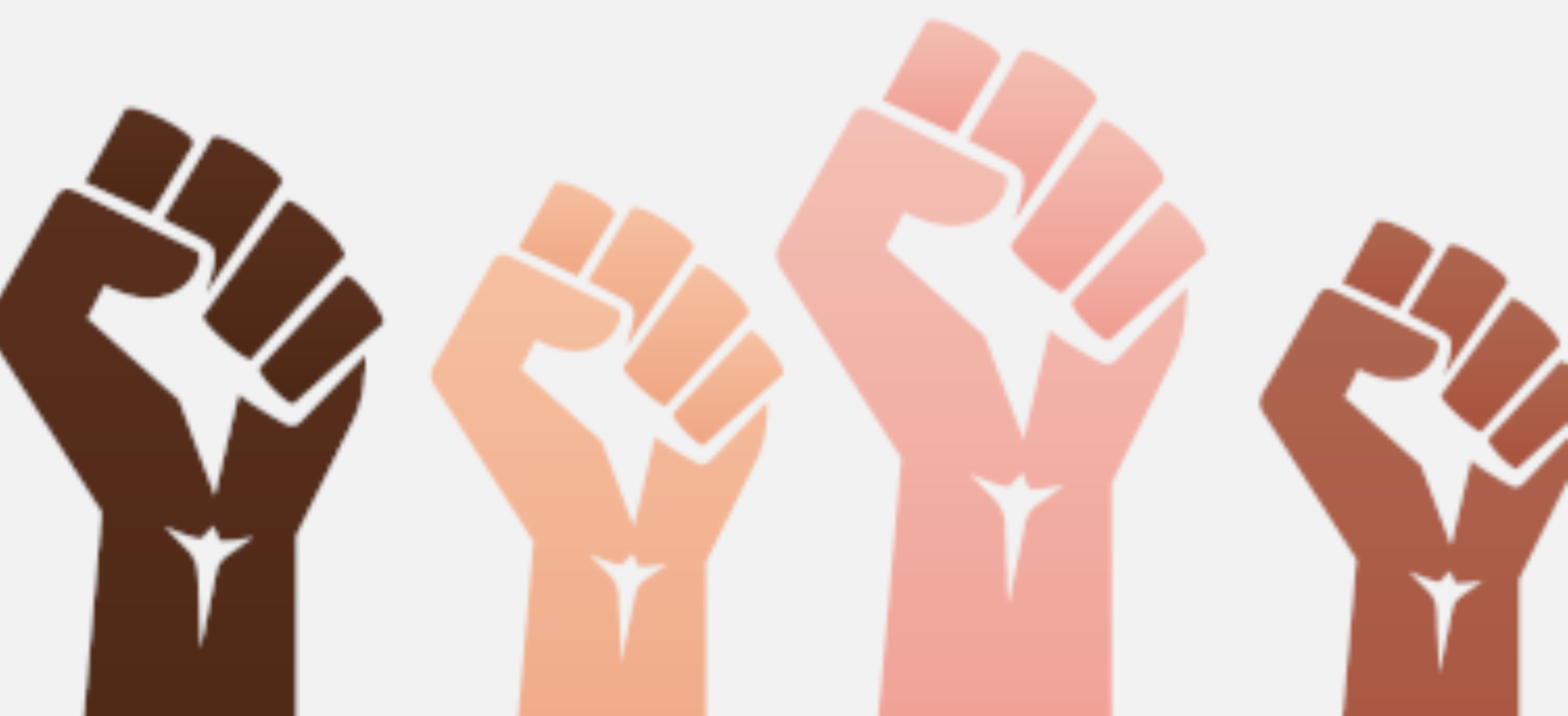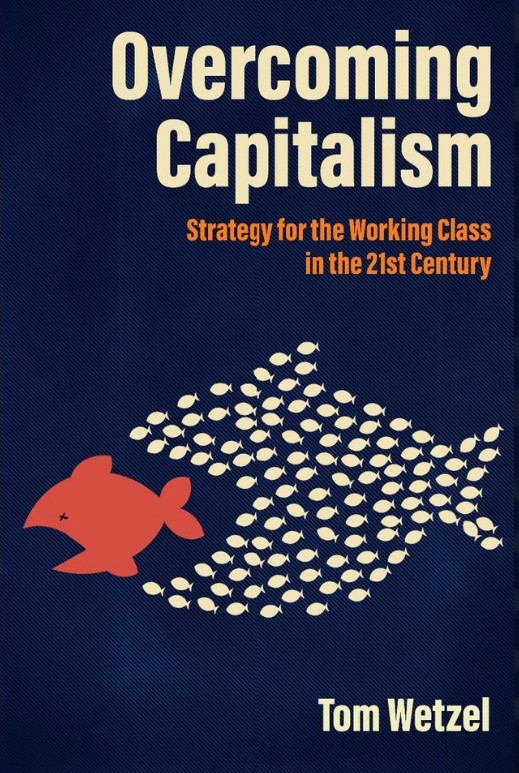The state has two essential structural features. First, there is the iron fist of the state — it’s capacity for enforcing rules and systems that advantage the dominant economic class, the capitalists. This includes the police and courts and prisons and the military force that enables the state of the American capitalists to assert its power internationally, along with institutions like the IMF and World Bank and World Trade Organization, which derive from a US initiative at the end of World War 2.
The second feature of the state is its ability to govern, to rule over the society and maintain the order it backs up. Governability can be undermined by mass insurgencies and protests, such as widespread strike movements. This leads the state to be a vehicle of concessions to the mass of middle class and working class people — even if these are opposed by actual members of the capitalist elite.
Historically there are two tendencies that have worked to oppose this second face of the state — its concessions to mass protest, liberalism and fascism. Here I am referring to the original 19th century form of American liberalism. This arose in the 1870s as a tendency in the Republican party to oppose the tendencies towards measures like land redistribution, public benefit systems like hospitals, or pro-labor measures like 8 hour laws or child labor laws. These tendencies had arisen as a result of the abolitionist movement in the period of Reconstruction after the civil war. The southern Republican party was a kind of farmer-labor party based on the freed black population and some poor whites. The “liberals” in the 1870s were journalists and social scientists who favored an extreme form of laissez faire as Social Darwinism. They wrote critiques of the southern Republican party that were racist in content. A famous social scientist who was a Social Darwinist was William Graham Sumner. Thus capitalist competition was for them “the natural” form of social organization so that “superior” people could rise in wealth to the top of society. (Eric Foner discusses the liberals of the 1870s in “Reconstruction”.)
Thus they opposed any government efforts to provide social benefit systems for the working class or poor or any protective legislation on their behalf, which they denounced as “class legislation”.
You might think that this liberalism would be far removed from fascism but this is not the case. Democratic governance itself is one of the concessions to mass opinion — as with the extension of the right to vote during the 19th century. If the use of voting rights by the working class supports politicians making concessions to mass demands, then for the extreme opponents of regulation of capital and benefit systems for the working class or poor may move to a position of favoring the smashing of democracy. In the USA this kind of move was carried out by the tiny “anarcho-capitalist” faction, people like David Friedman or Murray Rothbard. They say they are against the state but they are not. They are against democracy, and for privatizing the state functions — letting the capitalists own the police and court functions. Even tho these people derive intellectually from the extreme 19th century liberalism, their ideology is a form of fascism.
Fascism goes one step further and uses violent street intimidation and armed vigilante forces to counter the use of direct action or mass protest by the working class and oppressed groups.
So this is why the origin of the Republican Party’s ideology in 19th century liberalism is not incompatible with their fascist evolution.
And their moves more recently show all the signs of returning to the 19th century ideology — such as allowing child labor, opposing protections against discrimination, attacking basic social supports such as food stamps and medicaid. But because they are based on a declining white demographic, they sense they can’t win through electoral politics so they will use whatever means to block or limit democracy.
This combination of authoritarianism with extreme liberal laissez faire is well designed to appeal to their main social base — white small business people and people in the lower levels of the bureaucratic control class (cops, border guards, prison guards, supervisors, former military officers).These are the two lowest level oppressor classes over the working class in the US class structure. People in the more elite echelons of capitalism may be willing to make mass concessions to keep the system stable, and thus we can expect attacks on “elites” from the fascist right, their fake form of populism, as they are stuck between the working class and the capitalist elite. But ultimately they act as a force to defend a savage form of capitalism.

